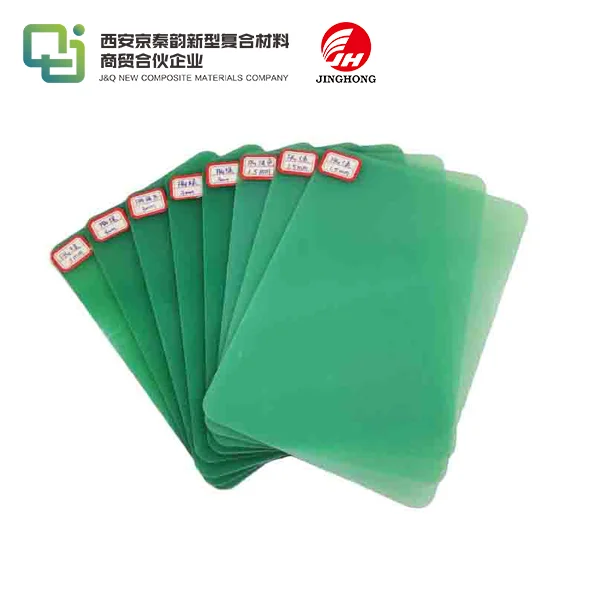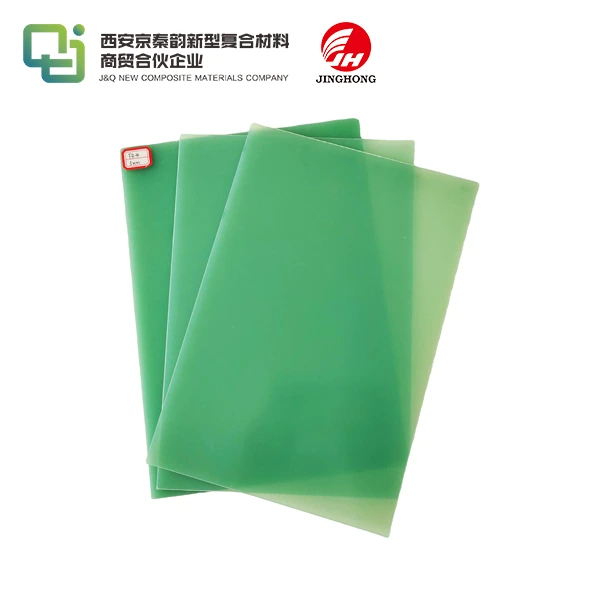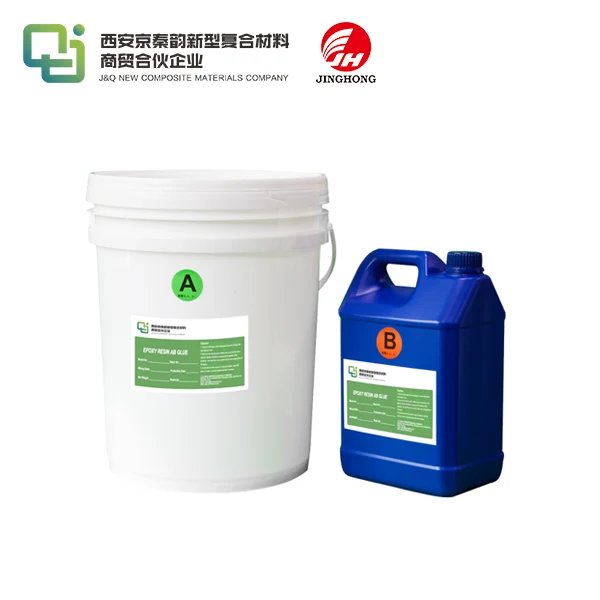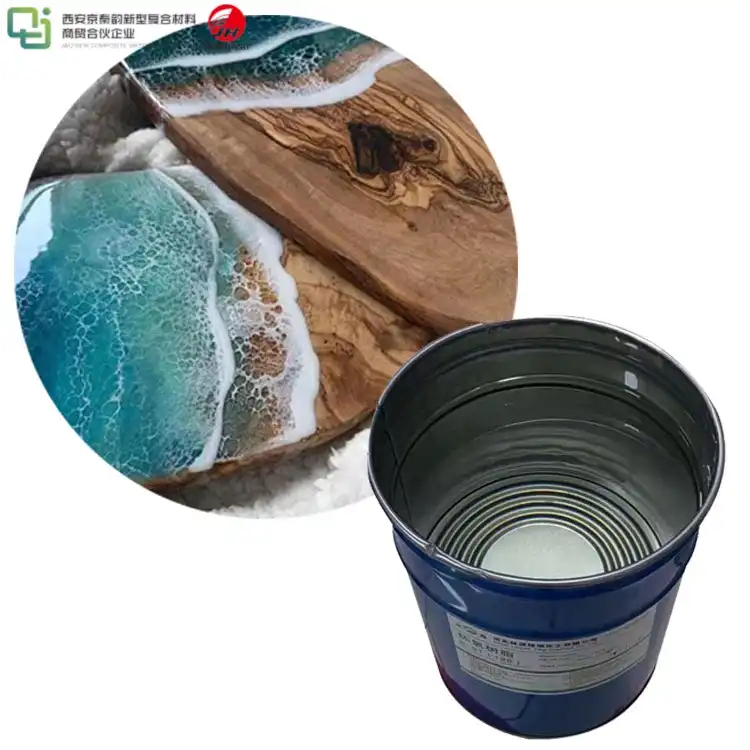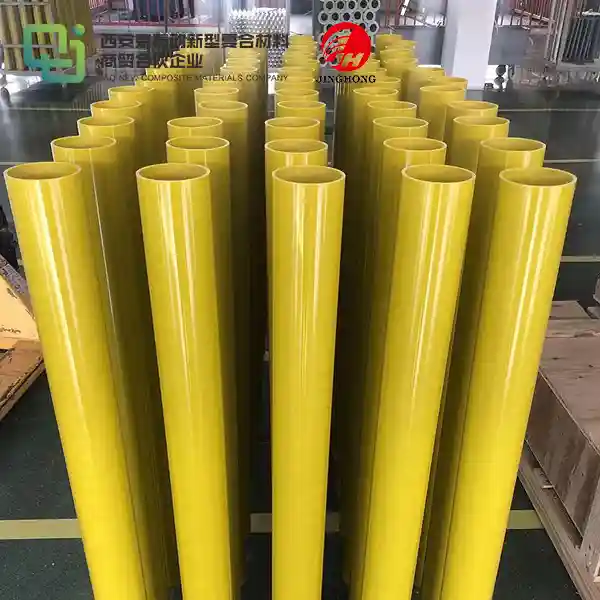Factors to Consider When Purchasing Epoxy Laminate Sheets
2025-09-17 17:23:04
When purchasing epoxy laminate sheets, several crucial factors demand careful consideration to ensure you select the most suitable product for your specific application. These factors encompass material composition, thickness, dimensional stability, electrical and thermal properties, chemical resistance, and compliance with industry standards. Additionally, you'll need to evaluate the sheet's mechanical strength, impact resistance, and machinability. Understanding your project's unique requirements, environmental conditions, and performance expectations is paramount in making an informed decision. By meticulously assessing these aspects, you can procure epoxy laminate sheets that not only meet but exceed your expectations in terms of durability, functionality, and cost-effectiveness.
Electrical and Thermal Performance Requirements
Dielectric Strength and Breakdown Voltage
Epoxy laminate sheets are renowned for their exceptional electrical insulation properties. When selecting these materials, it's imperative to consider the dielectric strength, which measures the maximum electric field the material can withstand without breaking down. This property is particularly crucial in high-voltage applications where electrical isolation is paramount. Additionally, the breakdown voltage, which indicates the point at which the material loses its insulating properties, should be evaluated based on your specific usage requirements.
Thermal Conductivity and Coefficient of Thermal Expansion
The thermal characteristics of epoxy laminate sheets play a significant role in their performance, especially in applications involving temperature fluctuations. Thermal conductivity determines how efficiently the material conducts heat, which is essential for applications requiring heat dissipation. Meanwhile, the coefficient of thermal expansion (CTE) indicates how much the material expands or contracts with temperature changes. A low CTE is often desirable to maintain dimensional stability across varying thermal conditions, particularly in precision applications or when the sheet is used in conjunction with other materials.
Temperature Resistance and Glass Transition Temperature
The temperature resistance of epoxy laminate sheets is a critical factor, especially for applications in harsh environments or those involving high-temperature operations. The glass transition temperature (Tg) is a key indicator of a material's heat resistance, marking the point at which the epoxy transitions from a rigid to a more flexible state. Sheets with higher Tg values generally offer better performance at elevated temperatures, maintaining their mechanical and electrical properties more effectively. It's essential to choose a material with a Tg that exceeds the maximum operating temperature of your application to ensure consistent performance and longevity.

Environmental Resistance and Durability Factors
Chemical Resistance Properties
Epoxy laminate sheets are often exposed to various chemicals in industrial and laboratory settings. The chemical resistance of these materials is paramount to prevent degradation, maintain structural integrity, and ensure longevity. Different epoxy formulations offer varying degrees of resistance to acids, bases, solvents, and other corrosive substances. When selecting epoxy laminate sheets, it's crucial to consider the specific chemicals they may encounter in your application. Some sheets are engineered to withstand aggressive chemical environments, while others may be more suitable for milder conditions. Assessing the material's resistance to relevant chemicals will help prevent premature failure and extend the lifespan of your components.
Moisture Absorption and Hydrolytic Stability
Moisture absorption is a critical factor in the performance of epoxy laminate sheets, particularly in humid environments or applications involving exposure to water. Excessive moisture absorption can lead to dimensional changes, reduced electrical insulation properties, and potential delamination. Hydrolytic stability, which refers to the material's resistance to degradation in the presence of water, is closely related to moisture absorption. Epoxy laminates with low moisture absorption rates and high hydrolytic stability are preferable for applications in moist environments or those requiring long-term reliability. It's essential to evaluate these properties based on your specific environmental conditions to ensure optimal performance and durability.
UV and Weathering Resistance
For outdoor applications or those exposed to artificial UV light, the UV and weathering resistance of epoxy laminate sheets becomes a crucial consideration. Prolonged exposure to UV radiation can cause degradation of the epoxy matrix, leading to discoloration, embrittlement, and loss of mechanical properties. Some epoxy formulations incorporate UV stabilizers or are specifically designed for outdoor use, offering enhanced resistance to photodegradation and weathering effects. When selecting materials for exterior applications, it's important to choose epoxy laminate sheets with proven UV stability to maintain their appearance and performance over time, even under harsh environmental conditions.
Customization Options and Industry Standards
Surface Finish and Texture Variations
Epoxy laminate sheets are available in a variety of surface finishes and textures, each offering distinct advantages for specific applications. Smooth surfaces are often preferred for applications requiring easy cleaning or low friction, while textured surfaces can provide enhanced grip or light diffusion properties. Some manufacturers offer specialized finishes such as matte, glossy, or embossed patterns to meet aesthetic or functional requirements. When selecting epoxy laminate sheets, consider how the surface finish will impact the material's performance in your application, including factors such as wear resistance, light reflection, and adhesion properties for subsequent coatings or bonding processes.
Color Options and Pigmentation Possibilities
While many epoxy laminate sheets are available in standard colors, customization options for pigmentation can be crucial for certain applications. Color choices may be driven by aesthetic considerations, functional requirements (such as color coding for identification), or specific industry standards. Some manufacturers offer a wide range of color options, including custom color matching services to meet precise specifications. When considering colored epoxy laminate sheets, it's important to evaluate how pigmentation might affect the material's properties, such as UV resistance or thermal performance. Additionally, consider the consistency and stability of the color over time, especially for applications where appearance is critical.
Compliance with Industry-Specific Regulations
Adherence to industry-specific regulations and standards is often a non-negotiable requirement when selecting epoxy laminate sheets for certain applications. Different sectors, such as aerospace, automotive, or medical industries, may have stringent guidelines governing the materials used in their products. These regulations can cover aspects such as flame retardancy, outgassing properties, or biocompatibility. When choosing epoxy laminate sheets, it's essential to verify that the material complies with relevant standards such as UL94 for flame retardancy, ASTM D149 for dielectric strength, or ISO 10993 for biocompatibility in medical applications. Ensuring compliance not only guarantees the material's suitability for your application but also simplifies approval processes and regulatory audits.
Conclusion
Selecting the right epoxy laminate sheets requires a comprehensive understanding of your application's demands and the material's properties. By carefully considering factors such as electrical and thermal performance, environmental resistance, customization options, and industry standards, you can make an informed decision that optimizes performance and longevity. Remember that the ideal choice often involves balancing multiple factors to find the best compromise for your specific needs. As technology and manufacturing processes continue to evolve, staying informed about the latest advancements in epoxy laminate sheet technology will help you make the most advantageous choices for your projects.
Contact Us
For more information about our high-quality epoxy laminate sheets and how they can meet your specific requirements, please don't hesitate to contact us at info@jhd-material.com. As a trusted epoxy laminate sheet supplier, our team of experts is ready to assist you in finding the perfect solution for your application.
References
1. Pritchard, G. (2018). "Epoxy Resins: Chemistry and Technology." Springer Science & Business Media.
2. Pascault, J. P., & Williams, R. J. J. (2017). "Epoxy Polymers: New Materials and Innovations." John Wiley & Sons.
3. Harper, C. A. (2019). "Handbook of Materials for Product Design." McGraw-Hill Education.
4. Ratna, D. (2020). "Handbook of Thermoset Resins." Smithers Rapra.
5. Lubin, G. (2018). "Handbook of Composites." Springer Science & Business Media.
6. Sekelik, D. J., & Sookne, A. M. (2019). "Advanced Composites Manufacturing." CRC Press.

